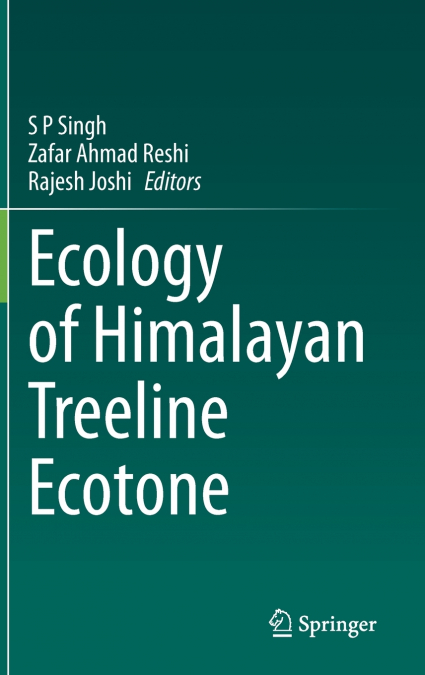
This book brings together comprehensive multi-disciplinary knowledge on diverse aspects of the Himalayan treeline ecotone which is considered one of the most sensitive ecosystems to climate change. The contents of this book are based on the results of extensive research and provide a holistic understanding of the treeline ecotone in Himalaya. The book will serve as an important reference manual and a textbook on treeline ecology. The book is unique in the sense that it provides an engaging account of almost all the aspects of the treeline ecotone, such as taxonomic, functional and phylogenetic species diversity, temperature lapse rates, tree phenology, water relations, and stress physiology, tree ring width chronology, and climate relationships and the role of treeline ecotone in human sustenance in the Indian Himalayan region The treelines in the Himalaya, being the highest in the Northern Hemisphere (up to 4900 m), are among the least investigated systems and hence this book is timely and fills all-important knowledge gaps vis-à-vis treeline shifts, physiognomic, structural, and functional changes in mountain landscapes and ecosystems, particularly under the changing climate This book, for the first time, summarizes evidence-based knowledge about various aspects of treeline ecotone in Himalaya that was largely generated through a well-coordinated a team science approach. The book will be of interest to ecologists, climatologists, dendrochronologists, foresters, plant physiologists and resource managers and policy planners for a better understanding of the organization and dynamics of this fragile ecosystem in relation to climate change and other anthropogenic stresses that are rampant in the Himalaya. The book lays a solid foundation for further investigation of the ecology and dynamics of the treeline ecotone in the Himalayas and provides a rationale for pursuing a team science approach for macroecological investigations.